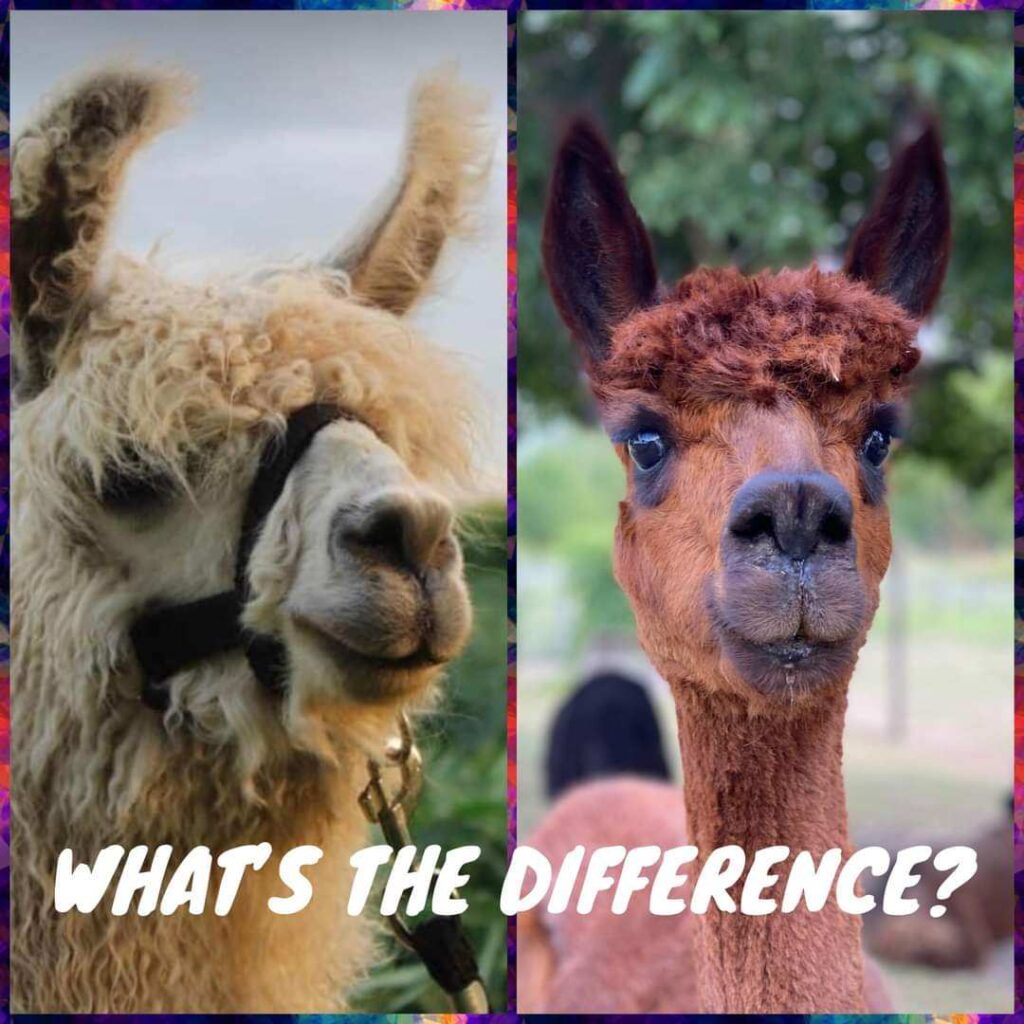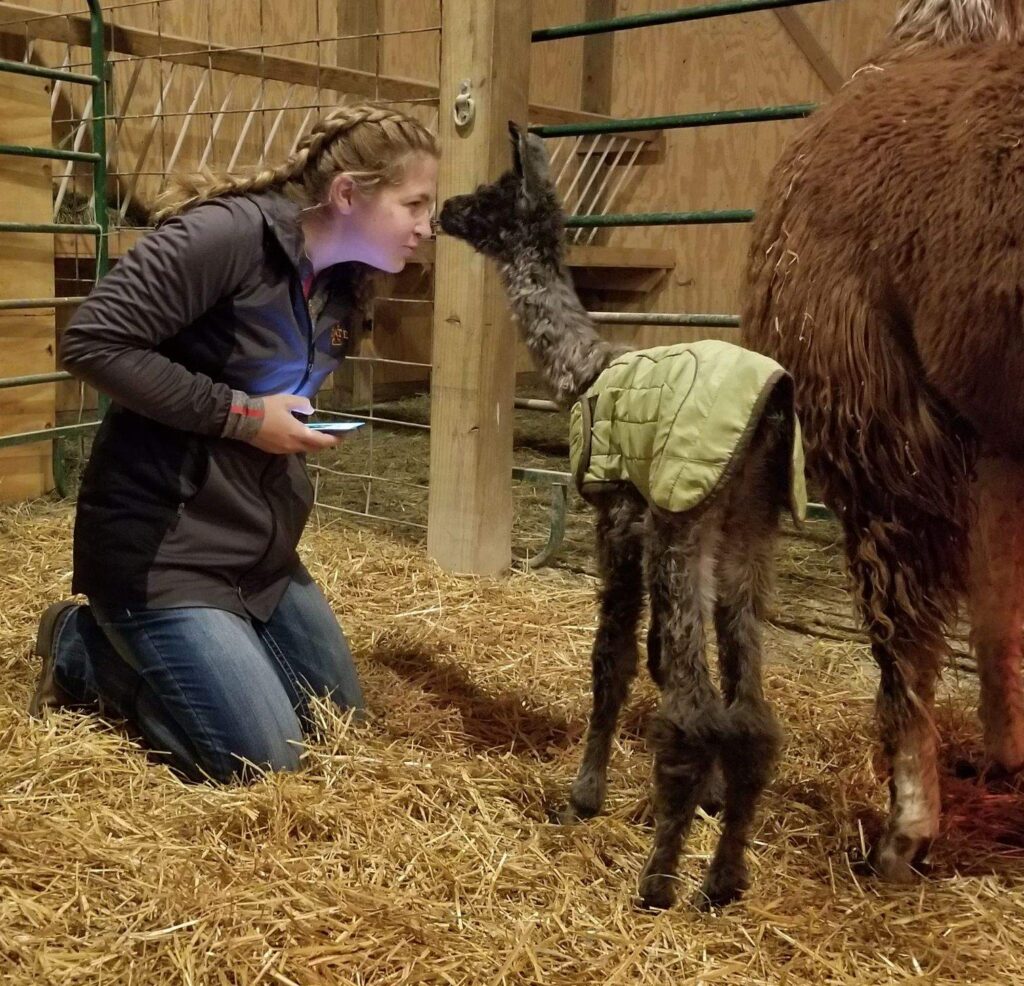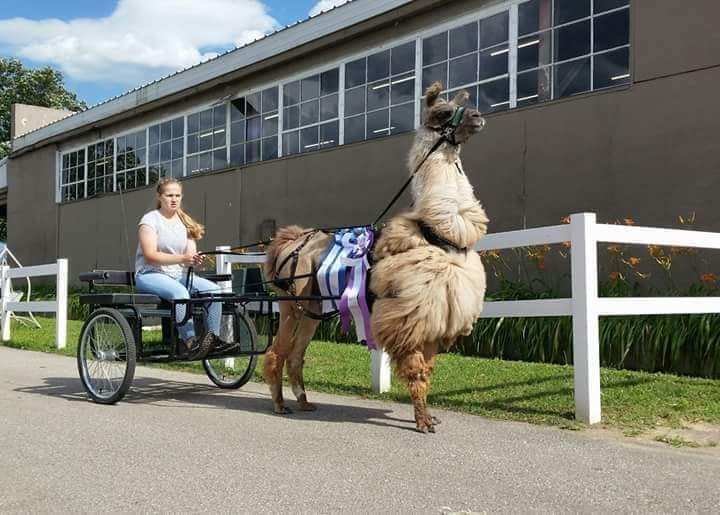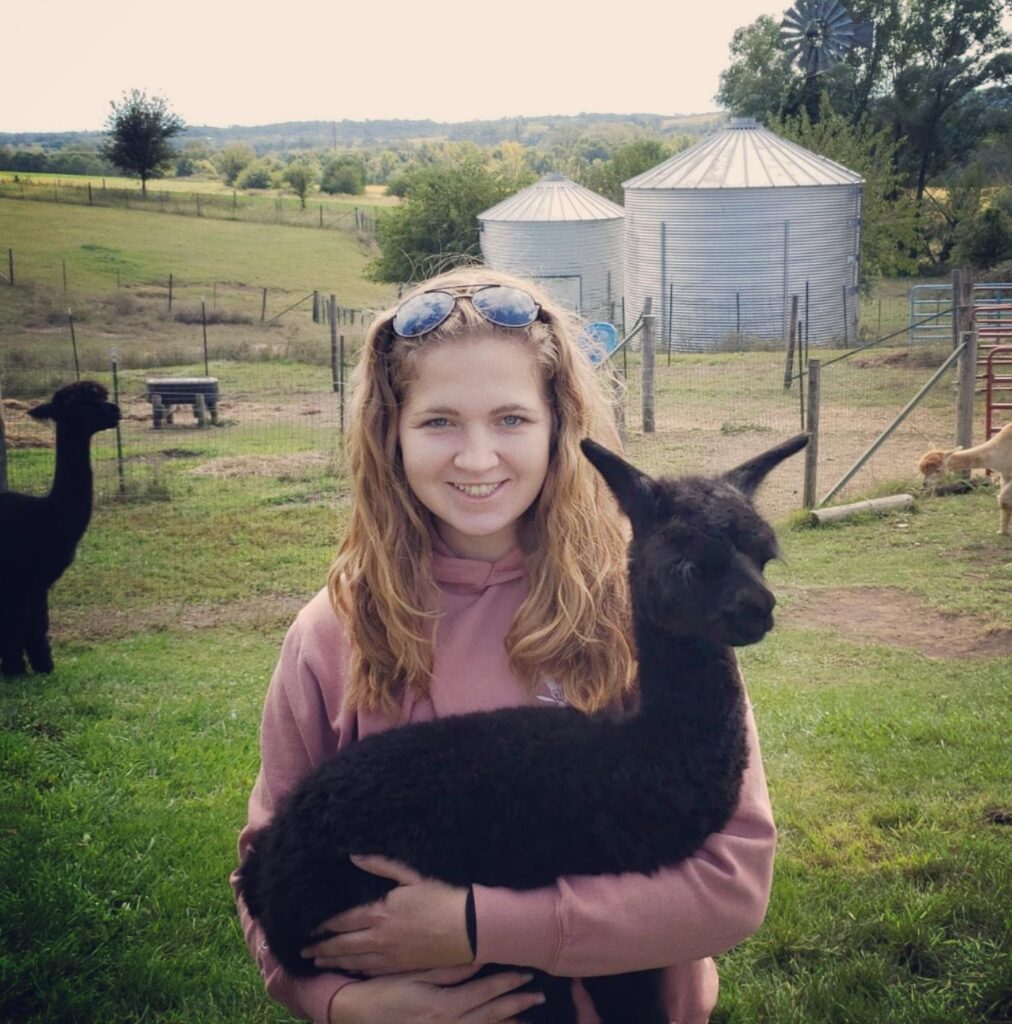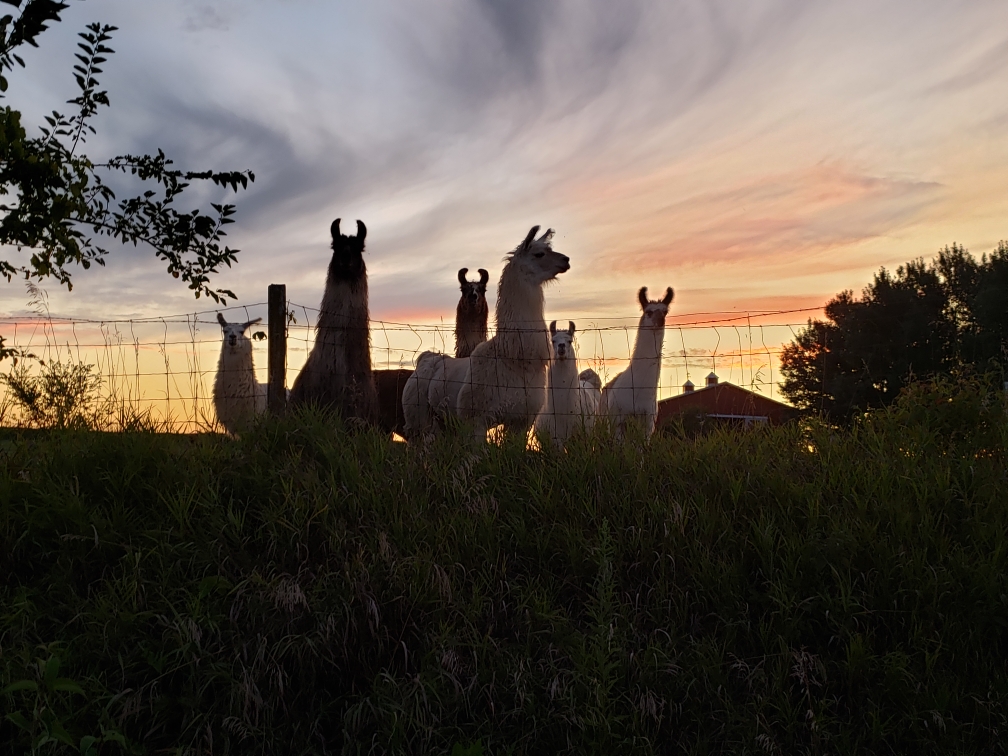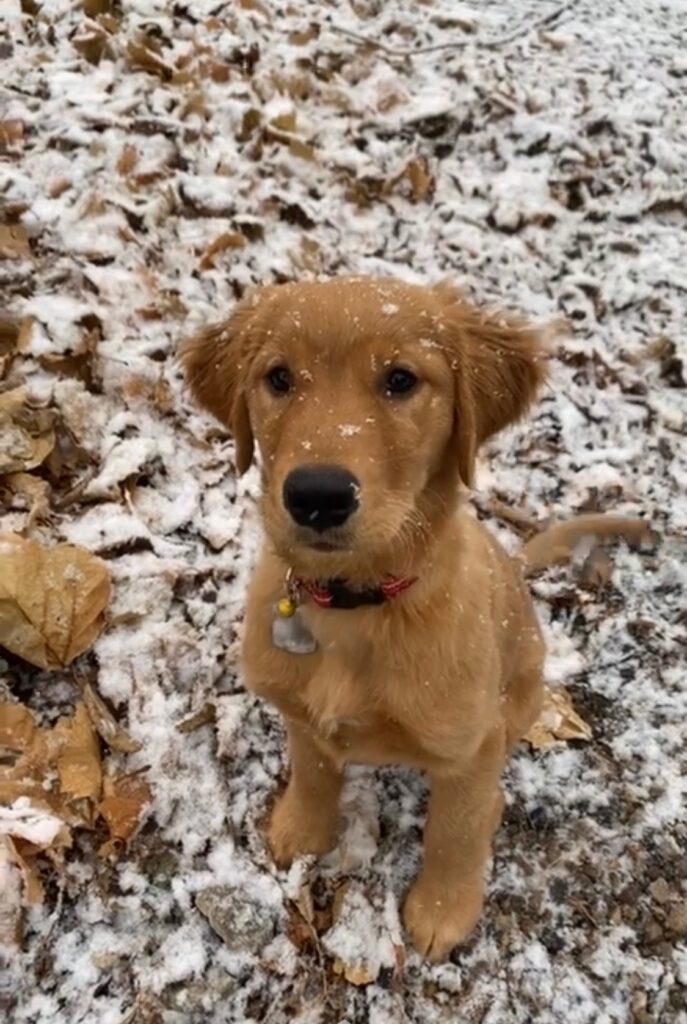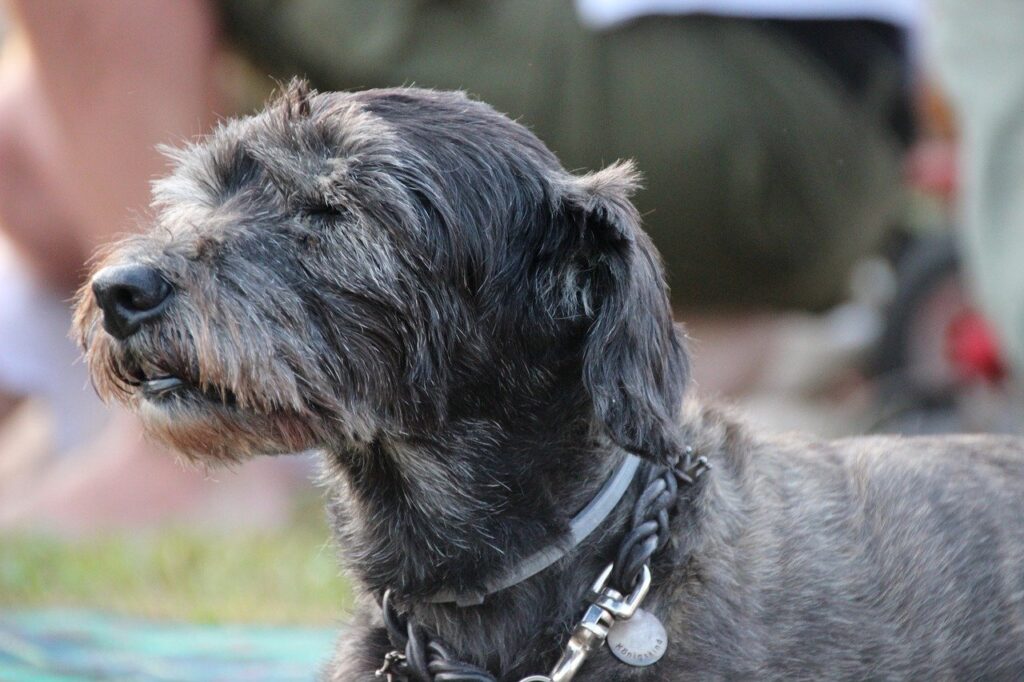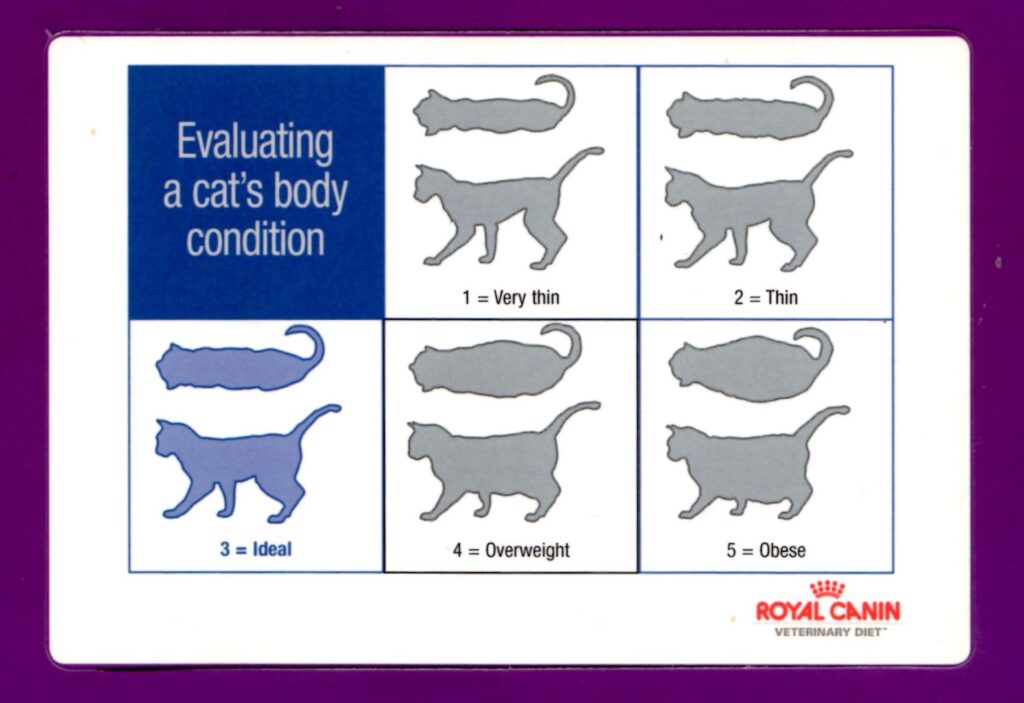Llamas and Alpacas
Kelsey Gerwig, a Winterset High School graduate who is now in her sophomore year at the College of Veterinary Medicine is our guest blogger this month. Dr. Lonna truly appreciates Kelsey’s contribution since her knowledge far exceeds Dr. Lonna’s. We intend to feature different species during the 2021 year. There may be other guest bloggers during this year. Enjoy Kelsey’s blog and photos. Dr. Lonna sure did.
One of the first questions we always get about our llamas is, “Do they spit?” Llamas and alpacas can both spit and use it much like how horses bite and kick, cattle and goats head butt, and dogs and cats growl and hiss at each other. They use it to establish a pecking order in the herd, to keep others away from their food, as a defense mechanism, and to keep annoying males away. Occasionally people get stuck in the crossfire especially during feeding time. In rare cases, they will spit at people, but it is because you are doing something they don’t enjoy or they weren’t properly handled when young. The next question we usually get is, “Are these llamas or alpacas?” The easiest way to tell the difference is to look at their ears. Llamas have long, curved, banana shaped ears whereas alpacas have short, straight, pointed ears. Llamas are also double the size at 250-450 pounds versus alpacas 120-200 pounds.
Llamas and alpacas are members of the camelid family and originated in the Andes Mountains of South America in Peru, Chile, Argentina, and Bolivia. They were domesticated from their wild counterparts the guanaco and vicuna 4000 to 5000 years ago to be used as a beast of burden and for the fiber and meat. Today llamas and alpacas have a variety of uses. Both can be used for their fiber which is softer, warmer, and finer than sheep’s wool. It is hypoallergenic so not as itchy as sheep’s wool. Llamas can produce 3-4 pounds and alpacas 6-8 pounds of fiber a year which can be spun into yarn and used to make socks, scarfs, gloves, sweaters, blankets, and rugs. They can be shown at the local fair and at regional and national shows throughout the United States. Classes include conformation which judges what the animal looks like. The conformation classes are divided into 5 fiber types for llamas and 16 fiber colors for alpacas. Fleece classes judge the animal’s fiber. Showmanship classes judge how you show the animal. Performance classes are divided into 3 classes, obstacle, public relations, and pack. Each of these classes has 10 obstacles which can include jumps, bridges, gates, water, backing, tunnels, petting, and many more. Some shows also have cart driving classes where the llama pulls a cart around and through obstacles. Well trained llamas and alpacas can be used as therapy animals and can be taken into hospitals and nursing homes to bring the patients and residents unlimited joy. Llamas can also be used as a guard animal for sheep, goats, and poultry. They will bond to their flock and protect them by alerting them to danger. They will protect from coyotes by either chasing them off or by stomping and biting them until dead. Lastly, llamas can be used as pack animals to carry hiking, camping, or hunting gear in and out of the wilderness. Llamas are very sure footed and have a low impact on the environment because of the soft pad on the bottom of their feet. Llamas can carry a third of their body weight which is about 80-100 pounds of packed items.
Llama and alpacas are relatively easy to care for and quite hardy. Llamas can live 20-25 years and alpacas live 15-20 years. They are a herd animal and do best when they are together as either a pair or more. They need a few pounds of good quality grass hay or fresh pasture, some grain, free choice minerals, and fresh water daily. Llamas and alpacas need a basic shelter to get them out of the rain, wind, snow, and hot sun. One great characteristic of llamas and alpacas is that they use a communal dung pile which allows for easy cleanup of the barn and pasture. Routine health care includes trimming their toes about 3-4 times per year, deworming them either monthly or seasonally depending on the expected parasite load, and giving them an annual CD/T vaccine or 7-way or 8-way vaccine. One of the biggest parasite concerns for llamas and alpacas is Meningeal worm or Parelaphostrongylus tenuis which can be readily found in the white tail deer population and rarely causes signs or clinical disease in deer but in llamas and alpacas it travels through the spinal cord causes stiffness, muscle weakness, circling, paralysis and eventual death. Treatment of this can be effective if it is started early in the course of the disease. It includes multiple dewormers, anti-inflammatories, vitamins and minerals, supportive care and physical therapy. Llamas and alpacas also need to be sheared yearly to harvest their fiber and keep them cool in the hot summer months to prevent heat stress. Signs of heat stress include staggering, reluctance to move, open mouth breathing, and high body temperature (Normal is 99.5 – 101.5°F). Shearing the middle or barrel of the animals is a great way to help prevent heat stress because it allows ventilation to their belly and armpits. On very hot days, fans, wading pools, and cool water sprayed on their legs and belly can also help to keep them cool and comfortable. Llamas and alpacas do love to sun bath and will lay out on their side just soaking up the sun. They look like they are dead. We have had people stop by thinking they were dead. Gestation is 11 ½ months for llamas. They will have a single baby called a cria. Llamas are induced ovulators, much like cats and rabbits, which means they will ovulate only after being bred. Llama crias are born weighing 20-30 pounds and alpaca crias weigh 14-18 pounds, and it takes about 3 years for them to reach full size. Males crias should be weaned and separated from females at 5-6 months of age to prevent unplanned babies. Most breeders geld males around 18 months. Between 2 and 3 years of age males will have their fighting teeth emerge. These are 6 sharp pointed canine like teeth. They use them to bite at other males and cause serious injuries. These should be trimmed.
Overall, llamas and alpacas are easy to take care of on a daily basis. They are a very versatile animal and bring great joy to both their owners and others who get to interact with them.
https://www.alpacainfo.com/academy/about-alpacas
